How Tennis Has Evolved Over The Years
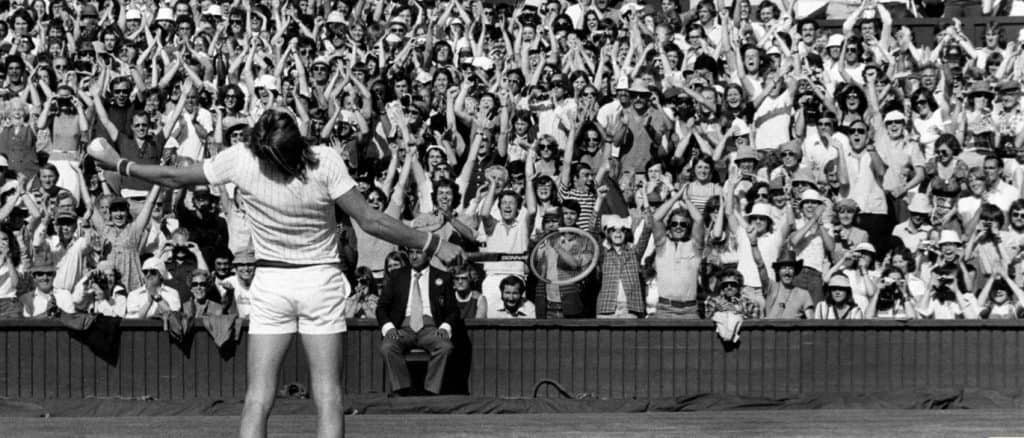
There is no other sport that has experienced the kinds of changes that tennis has in the last decades. If someone were to have taken a time machine from the 1900s to modern day, they’d see a sport that follows the same rules as the one they knew, but the play style would be completely foreign.
Let’s take time to reflect on those changes by first looking back at how it all got started and how it evolved through the years.
Where It All Started: France
Scant evidence of an early form of tennis exists in ancient Egypt, Greece and Rome but most historians are in agreement that 11th century French monks pioneered tennis. Popular in monasteries across the country, they would play a crude form of handball against walls and called it jeu de paume, or ‘game of the hand’.
The actual name tennis is supposedly derived from tenez which means something like ‘take this’ and is what players would shout just before they served the ball.
Historical research has shown how courtyard playing areas were adapted into indoor courts. The evolution of tennis towards racquets can be traced through when players began using a glove, on account of bare hands being too painful, before eventually these were upgraded to a glove with webbing sown between the fingers.
A solid paddle followed and was later completed with webbing attached to a handle, thus comprising an early form of the modern racquet. It would be many centuries before rubber balls were first made so the tennis ball at this point would often still be made of hair, wool, or even cork wrapped in string.
The Sport of Early-Modern Aristocracy
French nobility took the game from the monks and by the 13th century it was by some accounts found in nearly 2,000 courts across France. So popular had the game become that the Pope and Louis IV both separately tried – with limited success – to ban it.
Soon the game of tennis spread to England where Henry VII and Henry VIII were enthusiastic players who encouraged more courts to be built. In fact, the one built at Hampton Court is preserved in its original form and remains in use today.
By the 16th century, racquet technology had advanced to a wooden frame strung with sheep gut and a ball with a cork core was used. The game was still decidedly different from modern tennis as we know it, with narrow, indoor courts in which players would use odd angles to strategically play the ball off of walls.
How Tennis Was Spread Across The World
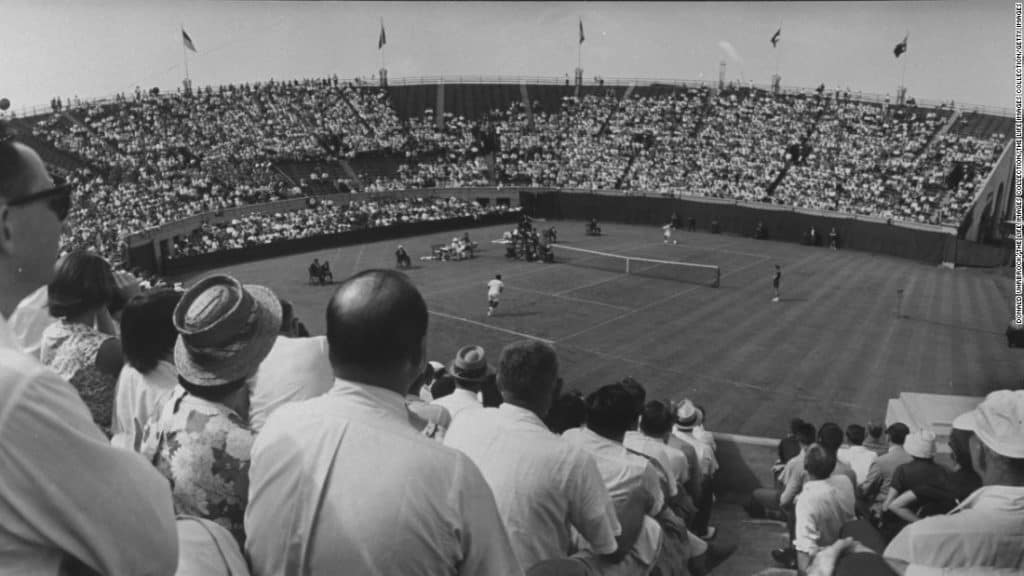
Most tennis games continued to be enjoyed on indoor courts until the 1850s, when Charles Goodyear invented vulcanised rubber. From this point, rubber tennis balls were the norm and tennis as we know it developed into what was called ‘lawn tennis’ – a decidedly popular game among the upper classes in the 19th century.
Imperial influence is never far away from Victorian Britain, and the British Empire began to share the sport with its colonies around the world as part of its civilizing mission, because at home it was very much seen as a gentleman’s game.
Since rubber balls did not need to bounce off walls, tennis became an outdoors sport which is how we mostly see it played today. New rules were introduced to account for the changes in style and speed of the game on emerging lawn courts, which helped to begin the professionalisation of tennis.
Before then it was possible for games to feature two against one, or even three players on one side of the court!
When Tennis Was Brought To The Mass Market
Walter Clopton Wingfield is regarded as the father of lawn tennis having introduced the game largely across modified croquet lawns of the leisurely class. In 1874, he acquired a patent from the United States Patent Office which cemented his claim for the credit of introducing tennis to the masses, despite it being alleged that others did at least as much and if not, more.
It was Wingfield’s efforts however which created the framework for modern tennis as he made the sport accessible to the mass market, creating box sets which included rubber balls imported from Germany along with a net, court markers, rackets, poles and an instruction manual.
While his rules were widely criticised, among the strongest complaints over the courts being hourglass-shaped, the sport as we know it is singularly derived from his rules and tennis courts quickly thereafter started to pop up in the U.S., Canada, Russia and India.
Not three years later, in 1877, the All England Croquet Club found itself in dire need of extra funds for equipment. As croquet fields were known to be easily converted to tennis courts it was decided that the club would hold a tennis tournament – the first of its kind – and thus the club, located in the London suburb of Wimbledon, hosted a competition for tennis enthusiasts.
With rewritten rules, they chose to abandon the hourglass shape and their version proved an instant hit. This helped Wimbledon to become the world’s most prestigious tennis tournament and it has been held every year since.
Tennis In The 20th Century
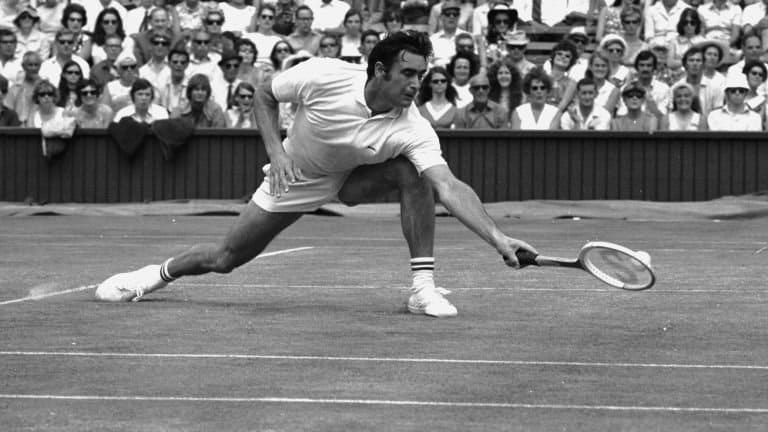
Surfaces for tennis courts had by the early 1900s become standardised with clay, lawn and concrete becoming the most commonly played on. Tennis clothing also saw considerable progress as men’s dress became more suitable for running, while for women their skirts gradually grew shorter from the 1920s onward.
Changes actually made to the game in the earlier part of the century were mostly directed in reference to fostering tournament growth which saw an international scene begin to develop. In 1900 the first David Cup was held and within a couple of decades there were four established major tournaments; these were Wimbledon, the US Open, the Australian Open and the French Open.
What proved to be a turning point in the history of tennis was The Great Depression as during this time, the scale of public works projects in the U.S. included building tennis courts across the country. As a result, more people than ever were taking up the sport and tournaments were no longer limited to members of exclusive clubs.
Tennis was however becoming more professional and this paved the way for initially named the International Lawn Tennis Federation, later sans ‘lawn’, which was founded in 1913. The nascent sport even made it to the 1924 Olympics, though it would not feature again until 60 years later. Rules for the sport were cemented by this point, with The All England Club’s version of game play still predominating in the modern game.
A Game That Continues To Evolve
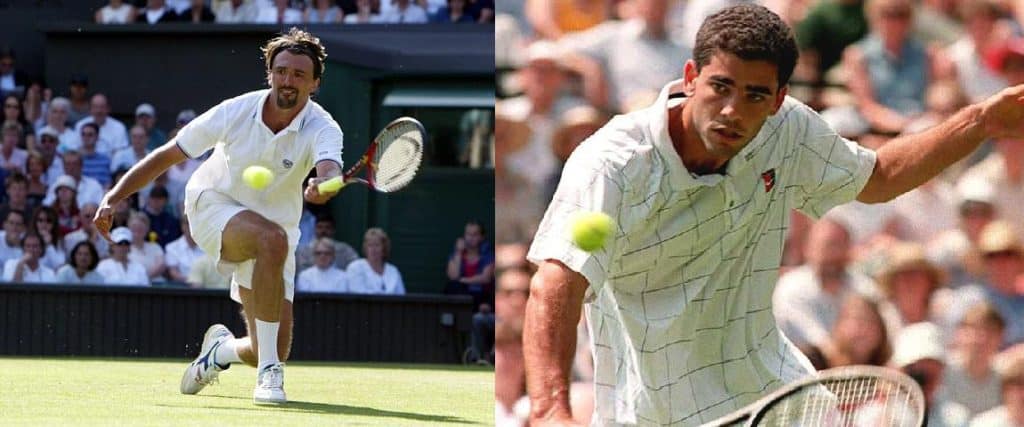
The 1990s
This was the era of diversity, with fast grass, medium-paced hard courts and slow clay reflecting a broad range of play styles among the top players of the decade. Court players were particularly attacking, with clear lines drawn up between baseliners and attackers of the professional tennis world.
In the mid-90s there were attempts to slow the game down amid reports that Wimbledon had altered the composition of their grass, to hopefully result in more rallies and fewer aces.
At this time, the Australian Open was played on a slow, high-bounce rebound ace which favoured baseliners. More attacking players such as Pete Sampras would win the event twice, in 1994 and 1997, but he noticeably adapted his play to do so, much in the same way that Boris Becker did 1991 and 1996.
European and South Americans dominated on red clay during the 1990s and this was seen to great effect at the French Open where it seemed nearly impossible for an attacking player to progress further than the semi finals. The balls used back then were reportedly heavier than today which may have had an effect.
For Wimbledon it was quite the opposite: only three baseliners over the course of the decade made it to the final. Sampras cleaned up, winning six out of ten in 1993, 1994, 1995, 1997, 1998 and 1999.
Some Surfaces More Equal Than Others
A level playing field was to be found at the US Open which gave players a medium-fast hard court surface. It was commonly said that only the best of the best went on to win the US Open and indeed, players who won other international tournaments could easily never win another major in their career. For winners of the US Open, this was never true.
Attacking players still dominated the US Open and Wimbledon throughout the 1990s, but baseliners enjoyed success in the French and Australian Open. Sampras and Becker, both proficient at playing from the baseline, were the only two attacking players to take the Australian Open.
Women’s tennis largely followed the pattern established in the 1980s whereby a few players dominated. Monica Seles and Steffi Graf were initially dominant in the 90s, before Martina Hingis rose to the top in the latter half of the decade.
Changing Styles Towards The New Millennium
But a new kind of power player emerged at the end of 1997 as players such as Venus Williams, Serena Williams and Lindsay Davenport came to prominence. They challenged the hegemony of Hingis and set the tone for how women’s tennis would be played in the 2000s, where athleticism and power would become increasingly important.

Key to the development of tennis in the 90s was advancement in racquet technology. By the turn of the millennium, most top professionals played much lighter racquets and more flexible strings which were strung at lower tensions.
Bucking this trend was Sampras, who stubbornly stuck with a heavy racquet using natural gut strings, strung tightly and the frame loaded with lead tape. His preferred model ceased production in 1988 yet he had a large stash of the model.
Perhaps it worked for his playstyle; some of the greatest servers that tennis has ever seen were active in the 1990s, including Sampras himself as well as Boris Becker and Goran Ivanesivic among others. What these players possessed was the skill to combine topspin and slice at high speeds.
Applying slice to a volley, pulling off a slice backhand but most importantly – being able to slice the ball so it would swing away from the returner on serve, these were vital skills of the decade’s great servers. From the 2000s, these serve which were sometimes near-impossible to return became less frequent at top level play.
Tennis In The 21st Century
The demise of the attacking player seemed to have been all but sealed in 2002, with top players such as Pat Rafter, Ivanisevic, and Sampras either injured or struggling while Becker had retired in 1999. In 2002, the Wimbledon final was played between David Nalbandian and Lleyton Hewitt which was a massive upset. It was said that the days of serve and volley players was coming to an end with the paradigm shifting towards baseline play.
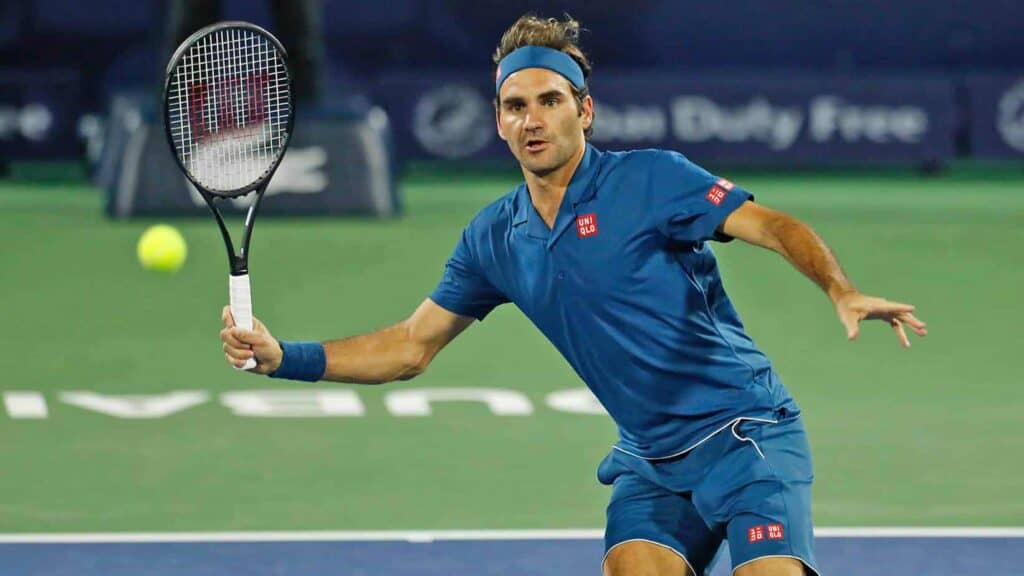
Players would adapt their game throughout the 1990s, Sampras and Becker played more from the baseline to win the Australian Open, but the 2000s saw a shift to a new orthodox. It was more of a case that you would play your game irrespective of what surface you were playing on.
Wimbledon 2003 saw Federer march on to the scene and the following year he went on an incredible run of major wins. Save for the top clay tournaments, he won virtually everything that he entered. Rafael Nadal arrived in 2005 and won the French Open which heralded in a period of to-and-fro dominance between the two greatest players of the decade.
No More Aggressive Tennis
Nadal’s desire to improve on all surfaces meant he ultimately would get the better of Federer, although a homogenisation of surfaces in terms of pace occurred over the decade. Even the Australian Open, famed for its high-bouncing ace, became a medium paced court in 2008.
Tennis is today played largely on two surfaces throughout the calendar year: a mixture of indoor and outdoor hard courts and clay courts in South America and Europe.
A proliferation of harder surfaces meant it became increasingly difficult to play an attacking style of tennis. Clay players in the past had to play in Europe and South America to gain tour points, but tournaments were now working to accommodate these players on other surfaces.
The men’s game is no longer as diverse as it used to be and attacking net play is now a surprise play to catch the opponent off guard more than anything else. Players with particularly good net skills such as Murray and Tsonga have not become attacking players as they might have done in the 1990s.
Tennis Today
Today, professional tennis has been affected by the emergence of advanced sports science and today’s athletes are fitter, healthier and more robust than ever before. This has been reflected in the average age of tennis players today, with Roger Federer even playing into his later thirties.
Speed, strength, endurance and minimal recovery time are now core aspects of a top tennis player. Whilst before, players focused on technical aspects and spent hours refining their strokes. Players now at the highest levels recognise a need to be flexible and move swiftly, both side-to-side and laterally.
It’s not unusual now for an elite tennis player to travel with a large group comprised of coaches, strength and endurance trainers, nutritionist and even a sports psychologist. Having more expertise off-court helps players to stay at the top of their game for a longer period of time and, ultimately, has helped to raise the standard of professional tennis to its highest level ever.






